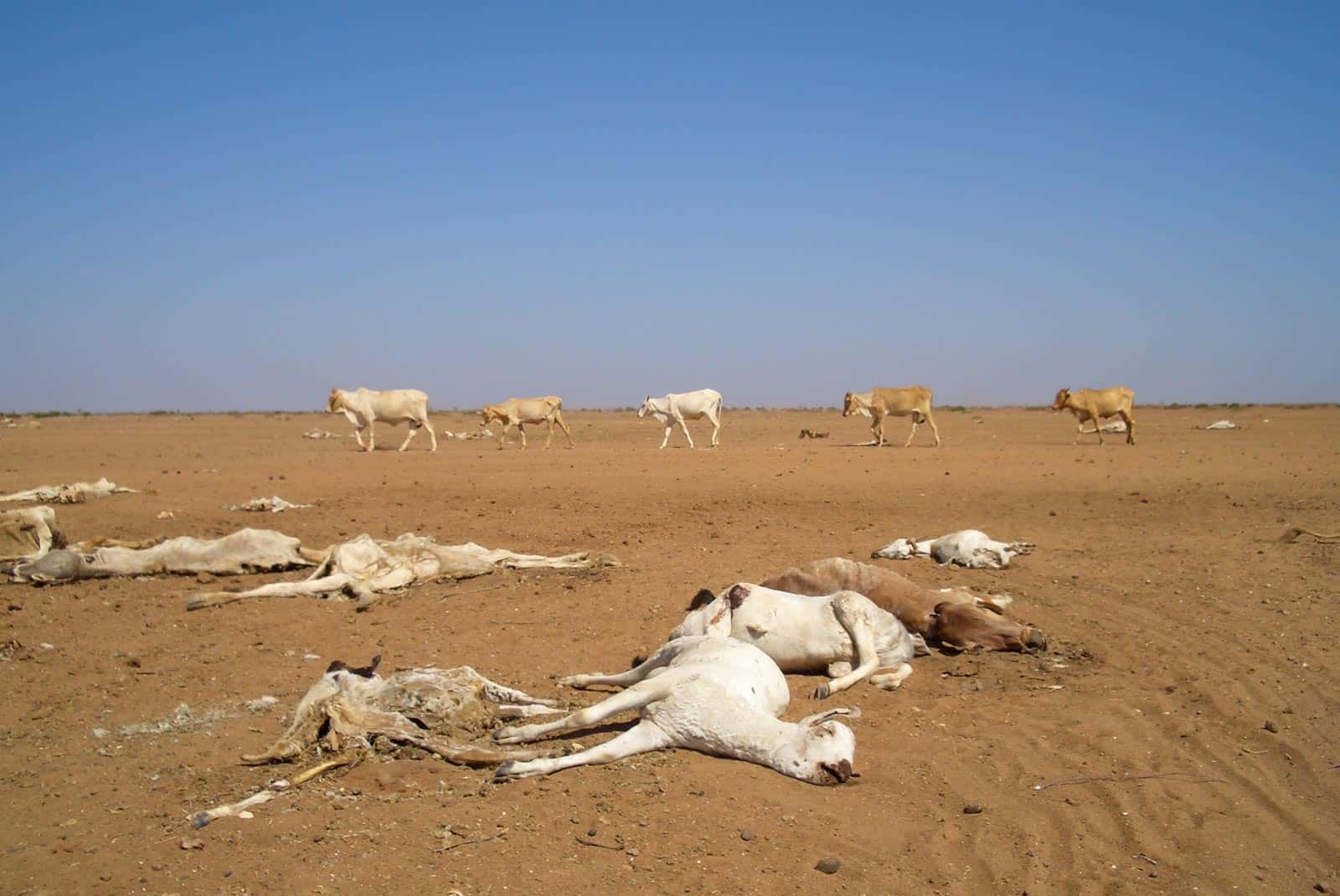The minimum land area requiring conservation efforts to stop the biodiversity crisis
More than 44% of Earth’s land area requires conservation efforts to safeguard biodiversity. This is what a new study, published in the journal Science, revealed.
The research
A recent study published in the journal Science (see below) declared that almost half of Earth’s land surface must be protected to stop the biodiversity crisis. The research found some 64 million Km2 (24.7 million square miles), more than 44% of Earth’s land, needing “conservation attention” to prevent major biodiversity losses. The study, based on advanced modelling and projections, aimed at mapping optimal areas for conserving species and ecosystems. Because of its nature, the authors have described it as “a conservation plan for the planet”. The identified lands do not necessarily require to be designed as protected areas. Indeed, according to the authors, other strategies could be used to conserve ecosystems including policies to control land use.
We must act fast, our models show that over 1.3 million square kilometres of this important land – an area larger than South Africa – is likely to have its habitat cleared for human uses by 2030, which would be devastating for wildlife.
Lead author James R. Allan from the University of Amsterdam (UvA)
The new research also highlighted the dependency of local communities on these vulnerable lands. Indeed, roughly a quarter of the Earth’s population (1.87 billion people) lives in areas requiring conservation attention, mostly in developing countries. According to the lead author the conservation actions need to promote the autonomy and self-determination of people who call the land their home using different instruments suchas empowering indigenous people and environmental policies .
Implications for nature conservation policy
The scientists behind the research underlined how their work could have important policy implications seeing the current negotiations. After failing to meet the Aichi Biodiversity Targets by missing reaching the conservation of at least 17% of the global land area by 2020, nations are now currently negotiating new conservation targets under the umbrella of the United Nations.
More than a decade ago, nations had aimed for conserving at least seventeen per cent of terrestrial land through protected areas and other site-based approaches for improving the status of biodiversity and ecosystems. However, by 2020 it was clear that this and the lack of achieving other targets was not enough for halting biodiversity declines and averting the biodiversity crisis.
This post-2020 global biodiversity framework of the United Nations Convention on Biological Diversity (UNCBD) will come into effect later this year. This will set the conservation agenda for at least the next decade, and governments will have to report progress against these targets on a regular basis. The high-profile target under discussion is for nations to protect 30% of their lands and oceans by 2030. The authors highlighted how the study provides essential information to help guide future national and global conservation agendas such as this. They also emphasized that all the identified land should not necessarily be designated as protected areas, but rather managed through a wide range of strategies for species and ecosystem conservation, including effective sustainable land-use policies.
With both following the 30 by 30 approach, the framework will be another tool in addition to the European Biodiversity Strategy 2030 to ensure nature conservation in Europe. With only 4% more of the land but still 19% more of the seas that still need to be protected, there is still a long way to go to protect nature.









Would be great to have a link to the article or a citation.
I very much appreciate the approach of the study, obviously (I haven’t yet read the original publication) including aspects such as governance and environmental justice.
The point which raised my concern was that most of the “…areas requiring conservation attention…” would lie in developing countries. Might it be that the natural areas in “developed countries” are simply viewed as lost for biodiversity conservation, or to describe it in economic words “written off”? It seems as if (once again) more developed countries transfer the burden for the World’s nature protection on the shoulders of developing countries.